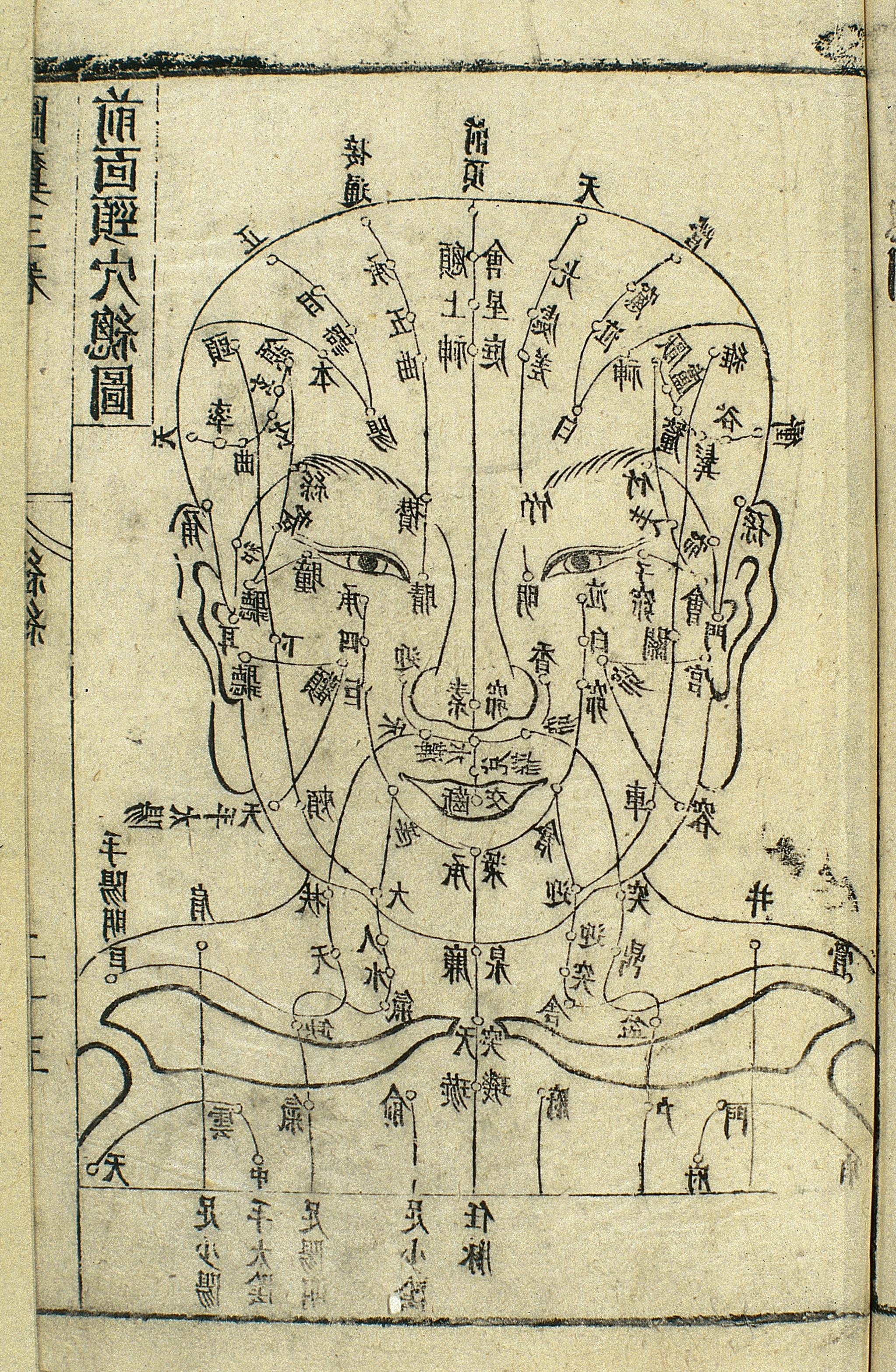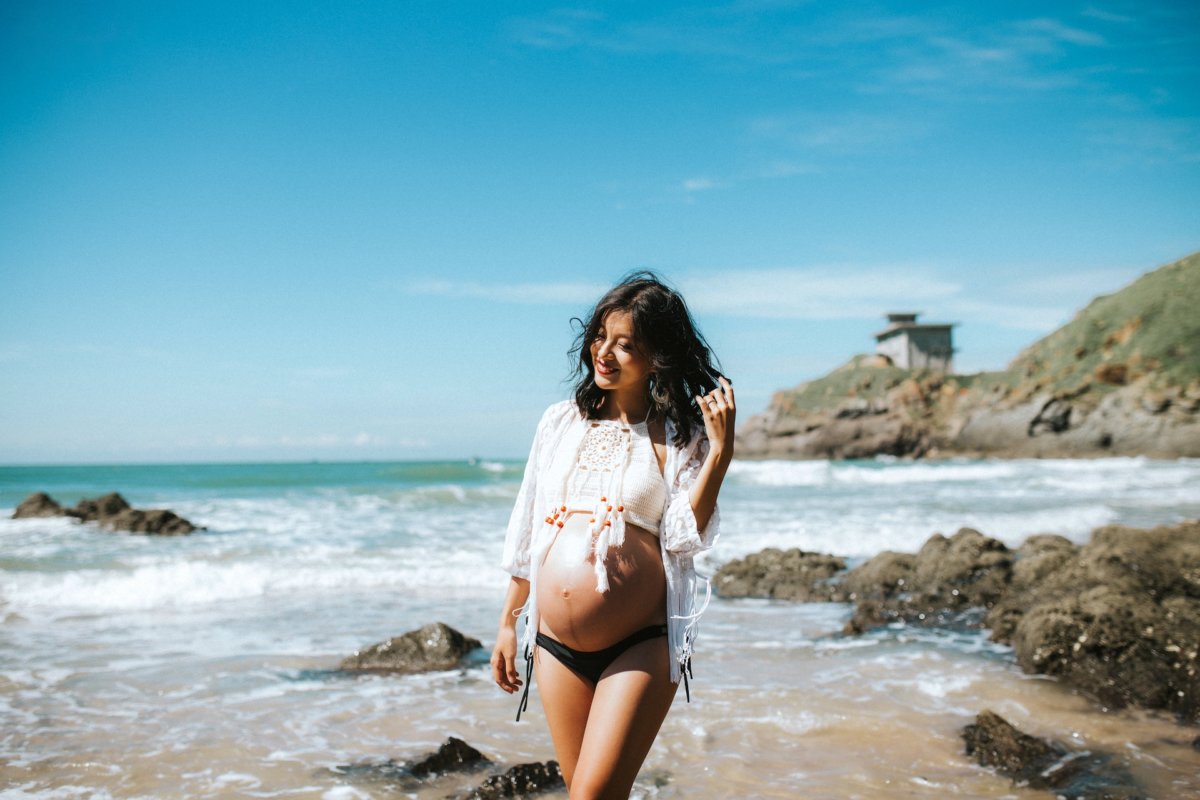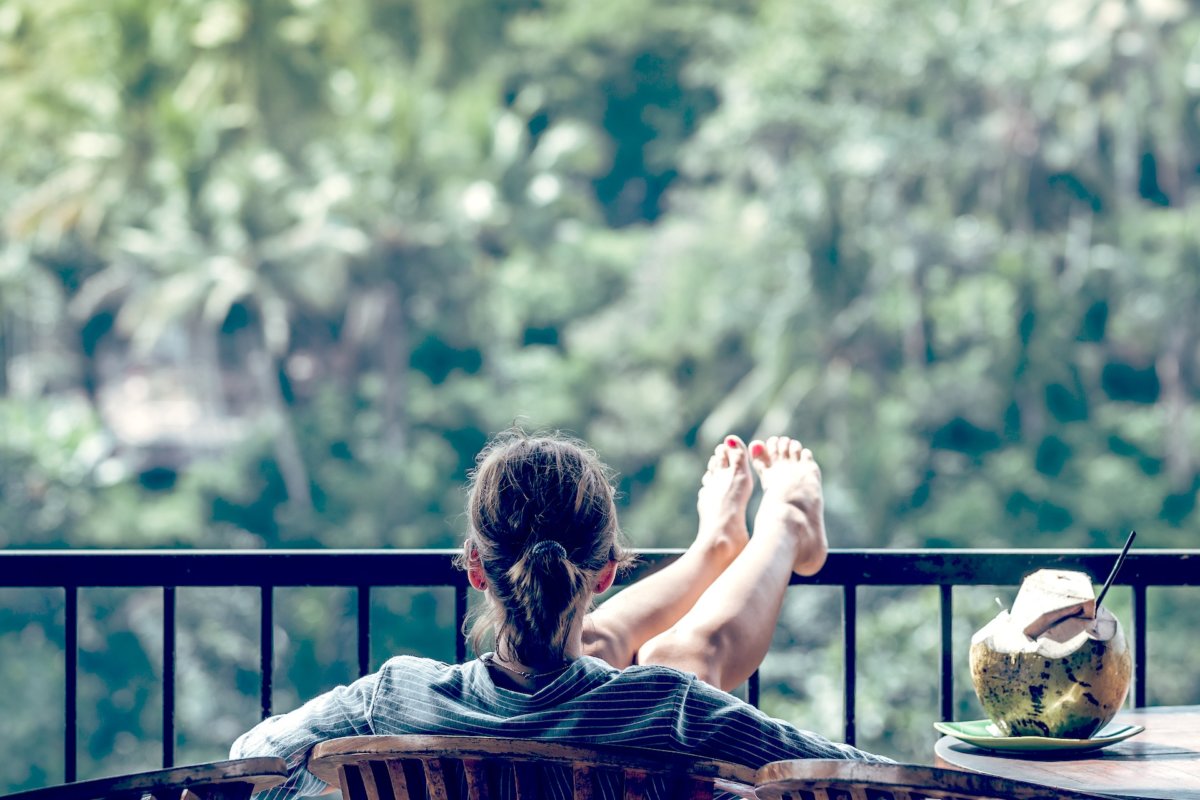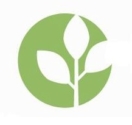Acupuncture has become a common complementary therapy outside of China, where it originated more than 2,500 years ago. According to GreenMedInfo, over 200 diseases have been researched for acupuncture and its website includes over 300 abstracts of studies. World Health Organization has also a long list of conditions that can benefit from acupuncture. Many people seek it out for stress, chronic tensions, neck and back pains, fertility challenges, addictions, immunity, and detoxification, for example.
For some people, the deal breaker is the needles. That, I can understand. There may be an initial discomfort or a dull ache from the needle insertion. Then there may be an energetic pulse from further stimulation by a machine or a flick of the finger. First – the needles are nothing like the ones used to draw blood! You may not even feel the needle being inserted. Some acupuncturists even use non-insertion techniques.
In this article, I share a brief history, information, and tips about acupuncture and receiving a session to help answer your questions. When you find a qualified and experienced practitioner you resonate with, acupuncture treatments can address many physical and emotional challenges, support other treatments, and even help us open to spiritual insights and growth.
A Brief History of Acupuncture
- The original acupuncture needles were made of stone such as obsidian. Other early needles were of bone and bamboo.
- Gold and silver needles dating back to 113 BC were unearthed; from the Warring States Era (421 – 221 BC), metal needles were used.
- The Yellow Emperor’s Classic of Internal Medicine (Nei Jing), compiled around 305 – 204 BC, is the earliest text on Chinese Medicine. One of its parts, Ling Shu (Miraculous Pivot or Spiritual Axis), focuses on acupuncture and includes information on meridians, acupuncture points, needling techniques, and types of qi.
- Systemic Classics of Acupuncture and Moxibustion (Zhenjiu Jia Yi Jing) is a 12-volume text that incorporates ancient literature, including descriptions of 349 acupuncture points.
- Noted advancements and refinements were made in the Ming Dynasty (1568-1644), which form the basis of modern acupuncture. Acupuncture is a living art and medicine, originating as an oral tradition, and continues to evolve.
- Bloodletting, according to ancient texts, was a big part of acupuncture treatment. Some practitioners continue to do this to improve circulation, for example. The quality of the blood is also a diagnostic tool.
- Acupuncture spread to other countries such as Japan, Korea, and Vietnam as early as the sixth century. Sixteenth-century France learned about acupuncture from Jesuit missionaries.
- Europe was also introduced to Japanese acupuncture via Holland, the only country allowed to maintain trade with Japan during her 200-year isolationist period from 1635.


Acupuncture chart from Shisi jing fahui (Expression of the Fourteen Meridians) written by Hua Shou (fl. 1340s, Ming dynasty). Japanese reprint by Suharaya Heisuke (Edo, 1. year Kyōhō = 1716).
What is Acupuncture
- There are multiple styles and approaches to acupuncture. The underlying basis of imbalance is deficient, excessive, or pathogenic qi or energy that can come from lifestyle for example.
- Acupuncture stimulates the meridians to enhance the body’s natural ability to reorganize, balance, heal, and move toward homeostasis.
- Today acupuncture needles are stainless steel, available in different diameters and lengths. The guide tube for needle insertion was developed by Japanese acupuncturists. Many practitioners use single-use (disposable) needles.
- Depending on the style, condition of the patient, and location of the acupuncture points, needles are inserted in varying depths and are left for 5 to 30 minutes. Sometimes even only for a few seconds.
- Some practitioners such as Dr Bear (Anryu Iwashina) in Japan and Bob Quinn in Portland, US use non-insertion techniques. Bob Quinn has shared in North American Journal of Oriental Medicine that with chronic Lyme patients, he rarely inserts a needle due to their “particular type of anxiety”.
- Japanese acupuncturists also use dashin tools to rid the body of pathogenic energy (jaki in Japanese). The dashin technique is done tapping a thick tapered gold or silver needle into points on the abdomen with a small wooden mallet. This creates vibrations that penetrate into deeper layers.
…the vibrations created by the Dashing needle – in addition to producing a therapeutic wave motion penetrating into the deeper tissues – work like a sonar to detect jaki. The presence of jaki is confirmed through monitoring the pitch as well as the texture of the abdomen felt while holding the mallet.
Takahashi Hideo, Acupuncture and the Yari-ganna Plane: Traditional Technicians and Their Tools
- While the nervous system is helped by acupuncture, the needles are not inserted into the nerves (because that would be extremely painful!). The electric pulse some people feel is not from nerve stimulation; it is related more to the insertion itself.
- Acupuncturists do not only needle. Other modalities include herbal medicine, moxibustion, cupping, shiatsu, tuina, Sotai, depending on the style and school.
- For a person low in vitality or has a deficiency, the needle may be further stimulated by heat (moxibustion or heat lamp), manual manipulation or an electric device.
- In Japan patients used to receive shorter daily treatments for an acute condition, often walking to their clinic. Shorter sessions are also more beneficial for older patients.
- Some practitioners use flower essences or place stones and crystals on acupuncture points.
- Other systems include esoteric acupuncture which combines chakra, Qabbalah, and acupuncture to anchor high frequency energies.

What and Who Acupuncture Helps With
- Acupuncture is an art – it is not diagnosis-specific, rather it is patient-customized. This means a practitioner chooses the points based on the whole person.
- Acupuncture helps with many conditions. World Health Organization has stated acupuncture as an effective treatment for a long list of ailments including stroke, neuralgia, labour pain, obesity, PCOS, hypertension, gastrointestinal challenges, and allergic rhinitis.
- Acupuncture helps conditions beyond pain. People in hospice care or the dying can benefit from the relaxation, calm, and peace that acupuncture can provide. It can also support someone through emotional and spiritual challenges, including grief, depression, fear, and general overwhelm.
- Animals respond well to acupuncture. Some are treated for poor sleep which can happen for senior dogs, for example. There is also some research in using acupuncture points (GV1 specifically) for microdosing in vaccination.
My Personal Story – Try it Again
I had my first acupuncture treatment as a teenager and it was not a pleasant experience. Because of my debilitating period pains, my mom thought I should try. The practitioner chose acupuncture points in my lower legs. With the first prick, I immediately felt immense pain. After the second needle, I asked (maybe cried) for them to be removed.
Fast forward to my early 30s – I was working in Bermuda and I had these terrible dizzy spells and earaches that were somewhat relieved when I rested elevated. Was it stress? Allergies? After inconclusive testing, I went for a combo of homeopathy and acupuncture. This second encounter was completely different. She used Japanese – aka thinner – needles. Even with them inserted into my head, face, and even ankle area, I was unfazed. I was actually rather relaxed and looked forward to my appointments.
Recently I was experiencing some numbness in my toe. As the sole care-giver to an ailing senior dog, I was under incredible stress and was dealing with emotional turmoil and a lack of quality sleep. In addition to Jin Shin Jyutsu Self-Help and Quantum Biofeedback, I decided to try acupuncture again. I wanted to smooth my qi.
My first appointment with a Japanese practitioner was over an hour long. He listened to my pulse, assessed the tension in my shoulders and hips, and needled various points in my body. I felt relaxed afterwards and more fatigued towards the evening. It was an early night. The boundary for the numbness appears to be more delineated, and the area smaller. My second appointment is later this week.
The point of sharing these stories is that acupuncture depends on the patient and the practitioner. Finding the right-for-you practitioner and being in a receptive body-mind state may not happen with the first try.
Was the first experience painful because I was especially nervous about the needles? Was the environment comforting? Which part of my own cycle was I in? We are more sensitive during different parts of the lunar cycle. There are also differences between Chinese and Japanese acupuncture. Most notably for me, Japanese acupuncture needles are thinner and placement tends to be more superficial. My understanding is that Japanese acupuncture is more about subtle stimulation which can be more powerful as the body is less resistant.
I chose my practitioner, primarily because of these reasons – I’m not a fan of needles, on his website he’s included my symptoms on his list of conditions he treats, he’s been practicing since the 1980s, his testimonials are fantastic, he uses disposable needles, and he continues to return to Japan each year to deepen his acupuncture and zen meditation practices.
Want more information? Check out these acupuncture tips to maximize the benefits and yes, enjoyment of your session.

Acupuncture Tips
- Research the acupuncturist. Check their credentials. Ask for recommendations from friends. Speak with the acupuncturist – what is their past/ongoing training, do they sterilize their needles or use single-use ones, are they open to your questions…Trust your gut on how you feel. Also discuss what you would like treatment for, perhaps meeting face-to-face before booking a session. This also gives you an opportunity to see how clean the facilities are.
- Eat a light meal before your appointment. Some people experience lightheadedness if on an empty stomach. It is also recommended not to eat for two hours after an appointment. Skip alcohol and caffeine the day before and after treatment. Drink plenty of filtered water.
- Loose clothing is best. This allows the practitioner to access different parts of the body. Needles are not necessarily inserted in the areas of complaints.
- Don’t brush your tongue so the acupuncturist can assess your condition from its colour, texture, etc.
- If you are sensitive, take note if you are more sensitive on particular days of the month. Many people, for example, have heightened feelings on and near a full moon. Some women can be less tolerant of pain near the start or during menstruation. Remember to breathe during your session!
- Arrive early or on time so you can relax into your appointment.
- Book off the day, if possible. To benefit more fully from your session, it’s best to take it easy afterwards. At the minimum, do not plan anything vigorous like a Crossfit session or another therapeutic appointment.
- Take note of how you feel after a treatment to discuss with your practitioner. Keeping a journal helps you give more accurate feedback and helps you more easily answer your acupuncturist’s questions.
Acupuncture is not new, even in the West. Its popularity has steadily risen since the 1970s. People seek acupuncture treatment for diverse conditions, including neurological disorders, side effects from chemo, fertility challenges, labour pains, and stress. If you are curious, perhaps these acupuncture tips provide good information for you to reach out to an acupuncturist to discuss treatment.
Sources & Further Reading
History of Acupuncture by Scott Suvow, L.Ac. in Kootenay Columbia College of Integrative Studies. August 21, 2010. (visited May 19 2019)
The History of Acupuncture Needles by Stilyan Lliev et al.
Ten Myths About Acupuncture by Bonnie Koening, LAc. 2013.
Overview of Medical Acupuncture by Joseph M Helms, MD
History and Progress of Japanese Acupuncture by Akiko Kobayashi, Miwa Uefuji, and Washiro Yasumo
North American Journal of Oriental Medicine. Volume 24 Number 69. March 2017.
Korean, Japanese, and Chinese Acupuncture: What’s the Difference? National University of Health Sciences. August 7, 2014.
This article contains affiliate links. If you purchase through them, What Therapy receives a commission. Thank you for your support.

